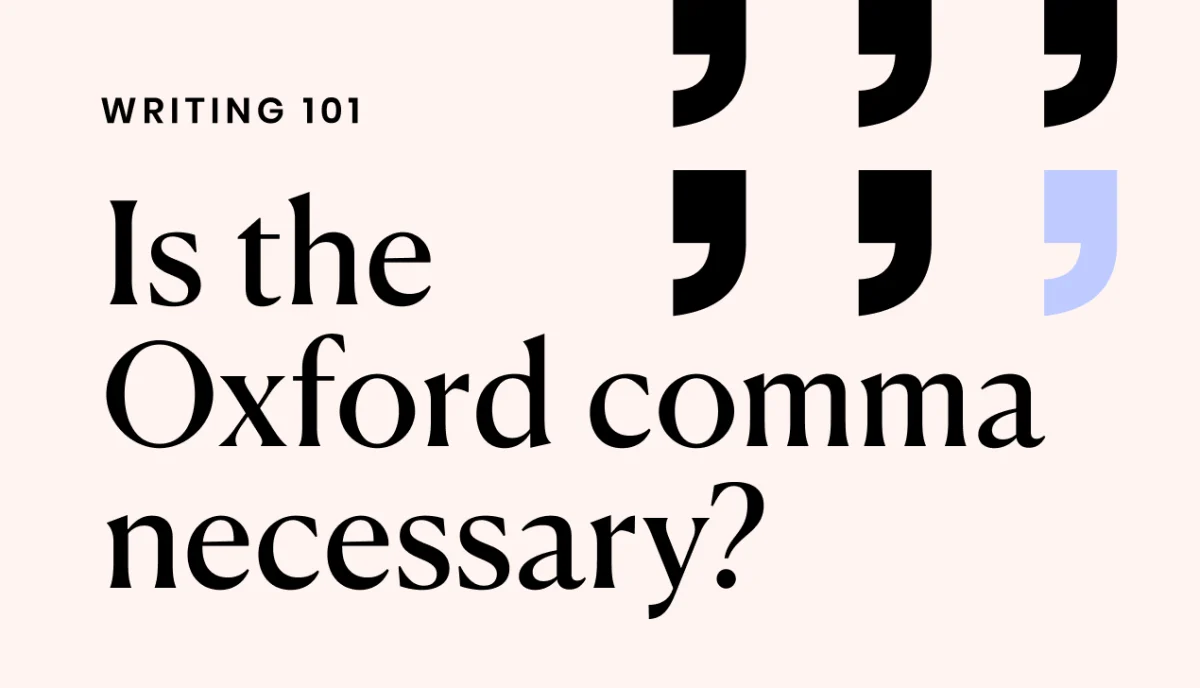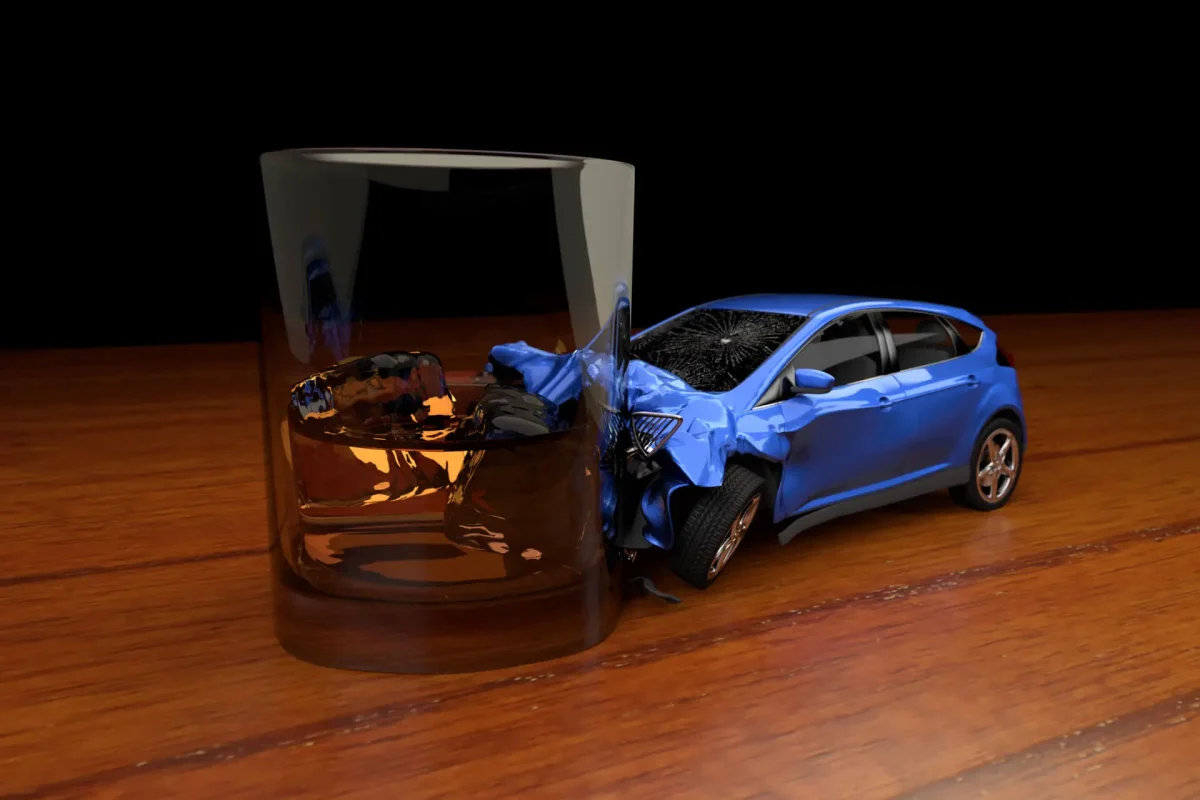As a student who always struggled with spelling, I have a lot of grievances with the English language. When I was in the second grade, I was tested for dyslexia because I really, truly, could not spell. My teacher told my parents that it wouldn’t matter because our generation would have spell check.
Certainly, she wasn’t wrong. I take handwritten notes in class but no one has to read those except me. I type all my essays, emails and homework assignments. But, you can’t avoid handwriting forever and I dread handwritten exams. One of my professors’ first-semester professors simply circled in red pen every word I spelled wrong, though, thankfully he didn’t dock me points.
So, yes, I have many grievances with the non-phonetic, unsystematized, disaster that is the English language and while being unable to spell simple words as a 20-year-old adult is embarrassing, my biggest qualm with English surrounds the Oxford comma.
The Oxford comma, also known as the serial comma or Harvard comma, is the (optional) comma that comes between the second to last item and the “and” in a list. For example: “Before class, I pack my computer, notebook, and pencil into my backpack.” Without the Oxford comma, the sentence looks like this: “Before class, I pack my computer, notebook and pencil into my backpack.”
There is disagreement over the Oxford comma’s utility; some use it, some do not. In the United Kingdom, it is variable. In the United States, however, most use it. The Chicago, MLA, APA and even the U.S. Government Printing office styles, all mandate its use.
As you may or may not have noticed, I haven’t used the Oxford comma in this piece. The Ring-tum Phi uses the AP Style Guide which is one of only two major style guides discouraging the use of the Oxford comma (the New York Times is the other). Thus, while writing for the Ring-tum Phi, I must (begrudgingly) violate my moral principles and succumb to the level of non-Oxford comma users for the sake of the editors.
Both the inclusion and exclusion of this comma can create ambiguity that I will not bore you with. More importantly, however, let’s talk aesthetics. There is nothing uglier than a dangling “and.” In a list, every item is followed by a beautiful comma, seamlessly transitioning from one to the next in a manner smooth as butter in its predictability. Then, it all comes to a screeching halt and the lack of that last comma stunts the satisfying pattern. As with every other item on the list, the last two are separate entities. Why then, should the sequence of separation change at the very end?
The Oxford comma satisfies the uniform style of the list. And it is simply and objectively the right way to write a sentence. I don’t make the rules and most style guides agree. For some reason, new outlets need to be special (probably since they are often crunched for space). But I will maintain that every time I edit or write an article and ignore my principles to adhere to the style guide of the Phi, I am doing it under protest. Which doesn’t mean anything, but now you know.










